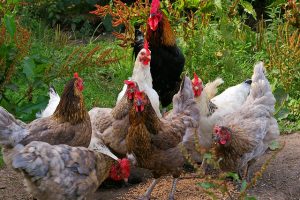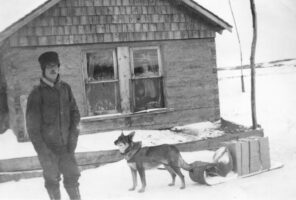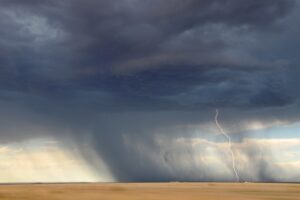By Joe Ralko – Columnist for The Senior Paper
“We are the Dead.”
I do not recall how old I was the first time I heard or read that sentence from the poem In Flanders Fields, but it echoes in my mind every November. A long, long time ago when I was a high school senior, I was selected to read the poem during the school’s Remembrance Day assembly.
Our senior class was a closely knit group and we wanted to make the assembly a memorable event for the Grade 9-12 students. This was during the Vietnam War. I was among the male students who had shoulder-length hair. Many of the female students wore mini-skirts or “hot pants” away from school.
The Remembrance Day assembly was a special effort to show our generation genuinely cared for those who gave their lives.
We began with a colour guard dramatically entering through the back doors of the gymnasium, the sound of their boots echoing as they marched the Canadian and British colours to the front of the gymnasium. With military precision they stopped, did an about-turn, and stood at ease.
This group was comprised of fellow high school students who were in the army, air force, and navy cadet programs – as well as a few “older boys” who were enlisted in the Canadian military reserve, 40th Field Artillery.
No one stirred
There were a few obligatory speeches from the principal and local politicians, I vaguely recall, then it was my turn.
“In Flanders fields the poppies blow / Between the crosses, row on row,” I began reading the poem. When I read the opening sentence of the second stanza, a chill ran up my spine and multiplied into goosebumps.
“We are the Dead.”
I paused, looked up briefly with as sombre a look as a 19-year-old could muster and then continued. “Short days ago / We lived, felt dawn, saw sunset glow…”
The rest is a blur in my mind’s eye except no one stirred in their steel chairs, or on the wooden bleachers when I was finished.
The last time I wrote about Remembrance Day in this newspaper was almost a decade ago, so I thought it would be alright to touch on the subject again this month.
“The tradition of wearing poppies in honour of Canada’s war dead originates from the poem In Flanders Fields, written in 1915 by Lieutenant-Colonel John McCrae, who was born in Guelph, Ont.,” I wrote in my November 2013 Senior Paper column.
McCrae, a Canadian medical officer during the First World War, was inspired to write the poem after presiding over the funeral of friend and fellow soldier Alexis Helmer, who died in the Second Battle of Ypres in Belgium.
It’s not about celebrating war
In Flanders Fields was first published on Dec. 8 of that year in the London-based magazine Punch.
Today, it is often recited at school assemblies (pre-pandemic), public events, and on various media platforms.
Originally called Armistice Day, Remembrance Day commemorates the end of the First World War, often called “the War to end all Wars”, on Monday, Nov. 11, 1918 at 11 a.m. (the eleventh hour of the eleventh day of the eleventh month).
Two minutes of silence continues to be observed in countries such as Australia, Britain, France, and Canada. Remembrance Day is a statutory holiday in every province and territory except in Manitoba, Ontario, Quebec, and Nova Scotia.
A New York Times article said at least 108 million people were killed in wars in the 20th century. About 65,000 of those people were Canadians who died in WWII.
Remembrance Day is not about celebrating war. It’s a somber reminder of those fallen – We are the dead.



